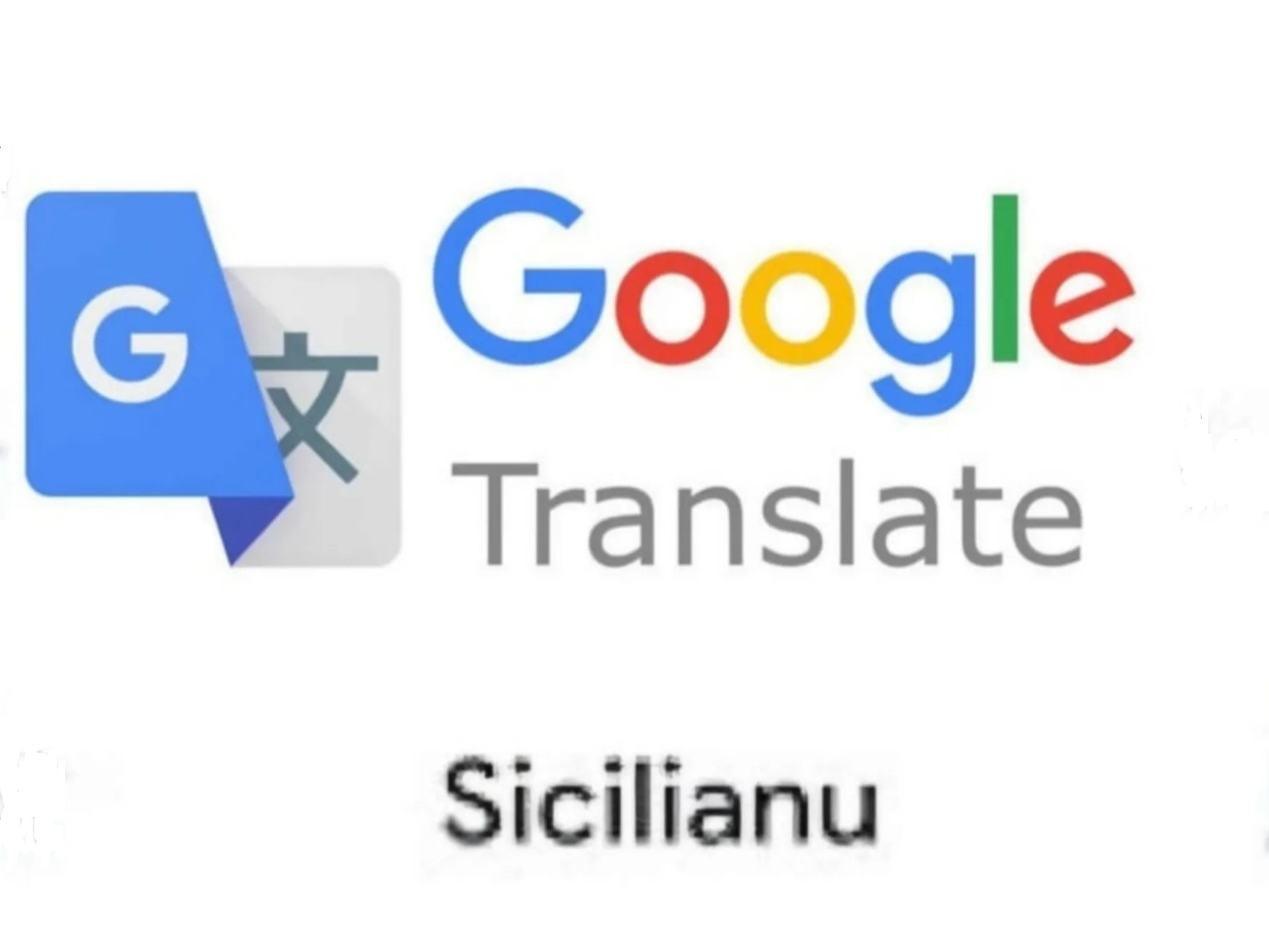

A major new feature recently enhanced Google Translate, the world's most popular machine translation service. Thanks to the implementation of the AI PaLM 2 model, the platform can now translate as many as 110 new languages, including some considered minority or endangered. These proudly include five Italian dialects: Lombard, Friulian, Sicilian, Ligurian and Veneto.
The addition of these new languages represents a significant step toward greater language inclusion and wider accessibility of information. It is a move that could be the viaticum for saving local dialects and idioms that are in danger of disappearing.
The impact of this innovation extends far beyond simple translation. In fact, the possibility of translating dialects opens up new avenues for the enhancement of Italy's linguistic and cultural heritage. Dialects that, often relegated to family or informal contexts, will now be able to be used in more formal settings, such as in tourism or teaching.
In addition, translating dialects into other languages can facilitate intercultural dialogue and mutual understanding among people from different backgrounds. In an increasingly globalized and interconnected world, the ability to communicate effectively across different language varieties becomes increasingly valuable.
The integration of Italian dialects into Google Translate represents an important milestone, not only for Italy but for the entire global linguistic landscape. It is a tangible sign of Google's commitment to promoting inclusion and the enhancement of linguistic diversity, essential elements in building a more open and interconnected society.
How to Use Google Translate in Dialect
Open your browser and visit the Google Translate website. You can also download the Google Translate app to your mobile device from the Google Play Store (for Android) or App Store (for iOS).
There will be two language fields on the main screen: in the left field, select the language to translate from; in the right field, select the desired dialect from the list of available languages.
Type or paste the text you want to translate into the left field. Google Translate will automatically display the translation in the right field.
You can reverse the languages and translate from the dialect to any other supported language.
We did a test with the most popular dialect among Italian Americans, Sicilian. This is the Google Translate translation of the first two paragraphs of this article.
Na nova funziunalità migghiurata di picca Google Translate, lu sirvizziu di traduzzioni automàtica cchiù abbanniatu dû munnu. Grazzi â mprimintazziuni dû mudeḍḍu AI PaLM 2, la piattaforma ora poti tradùciri nzinu a 110 novi lingui, puru chiḍḍi ca sunu minuranti o a rischiu. Chisti cumprènninu orgugliosamenti cincu dialetti taliani: lummardu, friulanu, sicilianu, lìguri e vènitu.
L'agghiunta di chisti novi lingui rapprisenta nu passu mpurtanti versu na maggiori inclusioni linguìstica e na maggiuri accessibilità di l'informazzioni. È 'na mossa ca putissi èssiri u viaticum pì sarvari li dialetti e li idiomi lucali ca sunnu ‘n pirìculu di scumpariri.
You may be interested
-
Davide Gambino è il miglior "Young Italian F...
Si intitola Pietra Pesante, ed è il miglior giovane documentario italiano, a detta della N...
-
Il Console Generale Usa: su turismo e seta s...
In mattinata ha incontrato il sindaco di Como, Mario Lucini, assieme all'assessore Gisella...
-
Italian American Culture Night
Tuesday, April 14 - 6.30 pm EDTSt. James Church Rocky Hill - 767 Elm St, Rocky Hill,...
-
Pavarotti. Il mondo di Big Luciano. Anteprim...
Il mondo di Luciano Pavarotti e la sua grande carriera di cantante lirico rivivranno il 23...
-
Small and Medium Enterprises as the Italian...
by Claudia Astarita A recent study on 120 artisan SMEs of excellence – conducted...
-
The Italian Heritage Society of Indiana Lect...
Sunday, November 23 - 2 pmWhen: Sunday, November 23, 2014 2:00-4:00 pm Where: UL 1126 in t...
-
'A beacon of hope': Sicily’s enduring North A...
On a late summer evening in the Sicilian seaside village of San Vito Lo Capo, Anna Grazian...
-
'Alone': How Italian town with 1st known viru...
Italy delivered the first shocking confirmation of locally transmitted coronavirus infecti...










